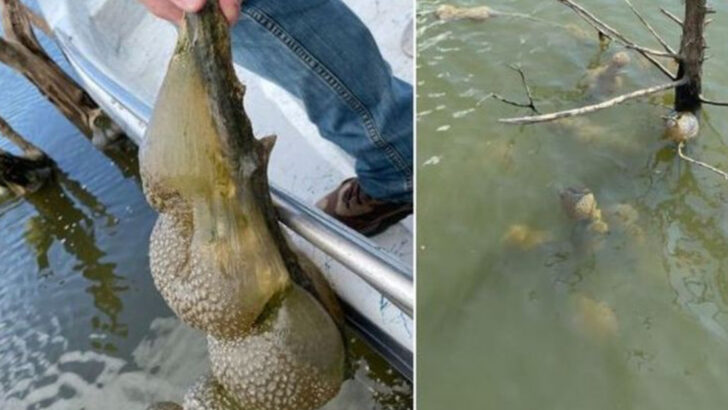Some lakes have fish. These lakes have monsters, mutants, and mystery creatures. From jelly-like blobs to legendary lake serpents, these 14 U.S. lakes are home to animals that feel straight out of a sci-fi movie. Some are real. Some are rumored. All are unforgettable. In one lake, shrimp and flies thrive in water too toxic for humans. In another, locals swear a horned beast drags cattle under the surface. And deep in the Arctic, entire caribou herds migrate around a frozen lake teeming with life. These aren’t your average fishing spots. They’re wild, weird, and full of creatures you have to see to believe.
McGee Creek Reservoir (Oklahoma)
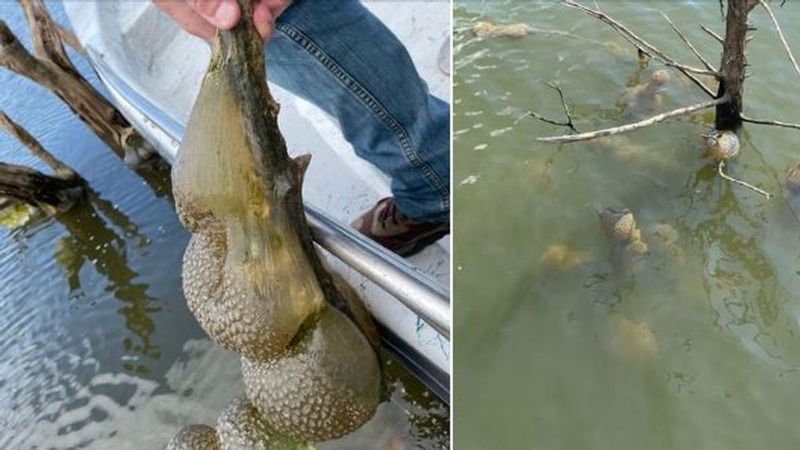
At McGee Creek Reservoir, the water is home to eerie, jelly-like colonies of freshwater bryozoans. These peculiar creatures form giant moss-animal “snowballs” that filter and purify the water. Imagine stumbling upon these strange, gelatinous forms that appear like extraterrestrial entities floating beneath the surface. Their presence adds an air of mystery to the lake, making it a unique destination for those intrigued by the bizarre. Known for their ecological importance, bryozoans play a vital role in maintaining water quality. Their existence in the reservoir offers a glimpse into the lesser-known wonders of aquatic life.
Great Lakes (Upper Midwest)
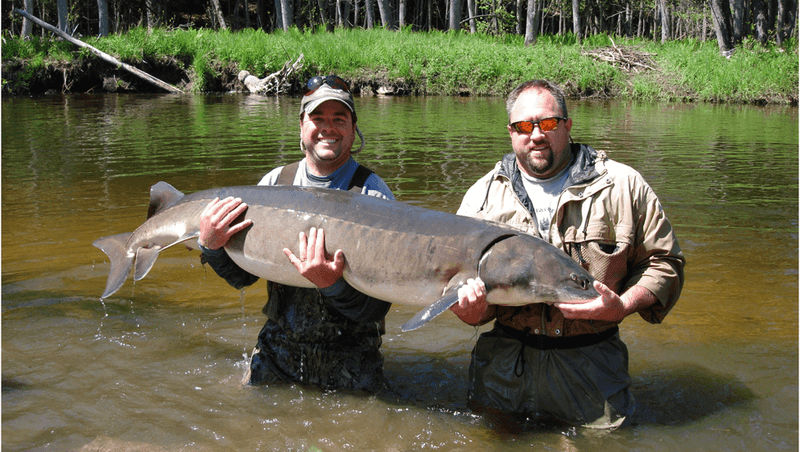
The Great Lakes are a haven for the microscopic tardigrades, affectionately known as water bears. These resilient creatures can survive extreme conditions, from intense heat to the vacuum of space. Alongside them, the prehistoric lake sturgeon roams the waters, a 7-foot armored survivor of a bygone era. Together, they create an ecosystem that is both ancient and enduring, fascinating to scientists and visitors alike. Their presence highlights the diverse and robust aquatic life that these vast bodies of freshwater support, showcasing the interconnectedness of life forms across millennia.
Lake Erie (Ohio/PA/NY/Michigan)
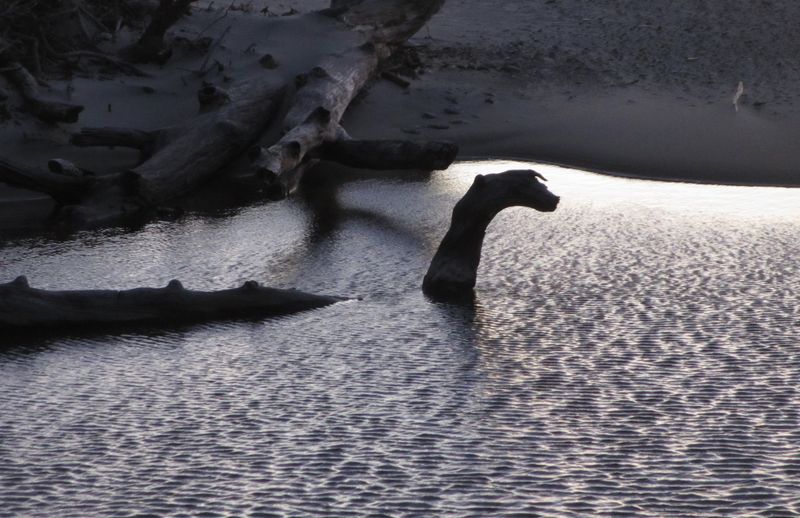
Lake Erie is shrouded in mystery, thanks to the legend of “Bessie,” a serpent-like creature said to inhabit its depths. Sightings of this enigmatic entity date back to the 19th century, with descriptions of a long, snake-like body undulating through the water. While skeptics suggest these tales may be exaggerated accounts of oversized fish, the allure of Bessie continues to captivate imaginations. This myth adds an element of intrigue to the lake, drawing curious visitors hoping to catch a glimpse of the legendary beast. Whether real or imagined, Bessie enriches Lake Erie’s folklore.
Payette Lake (Idaho)
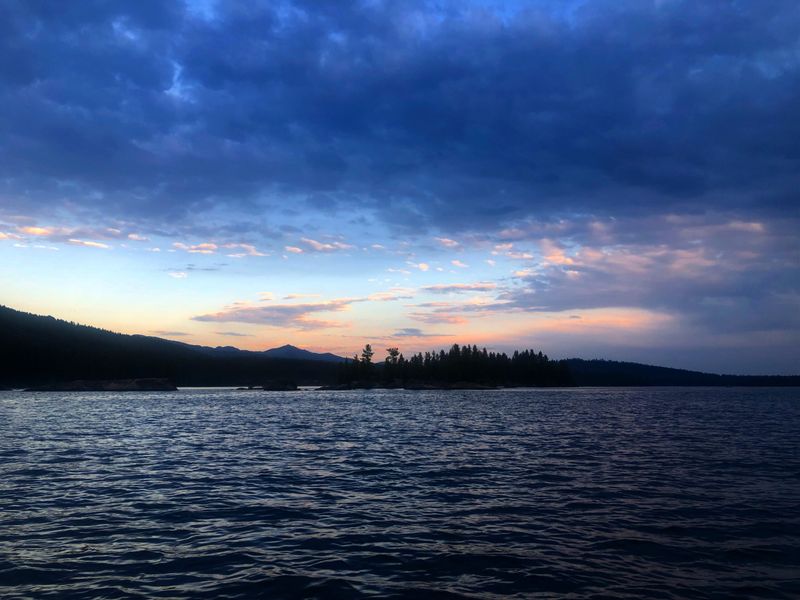
In the serene waters of Payette Lake lurks Sharlie, Idaho’s own version of a sea-serpent. Described as being 30 to 40 feet long, this creature has sparked the imagination of locals and tourists for decades. Its sightings have been sporadic but always intriguing, contributing to a tapestry of local lore. Whether it’s a remnant of prehistoric times or simply a tall tale, Sharlie embodies the mystery and allure of the lake. The tale of Sharlie adds a layer of enchantment to the natural beauty of Payette Lake, making it a must-visit for the mythically inclined.
Walgren (Alkali) Lake (Nebraska)

Walgren Lake, also known as Alkali Lake, is famous for its folk tales about the Alkali Lake Monster. This horn-headed, cattle-devouring beast is said to roam the waters, a fearsome creature from the annals of local legend. Such stories were likely born from the imaginations of those living on the plains, seeking to explain strange occurrences or simply to entertain around a campfire. The lore of this mythical monster enriches the lake’s history, providing a colorful narrative that continues to intrigue visitors and locals alike, despite the absence of concrete evidence.
Mono Lake (California)
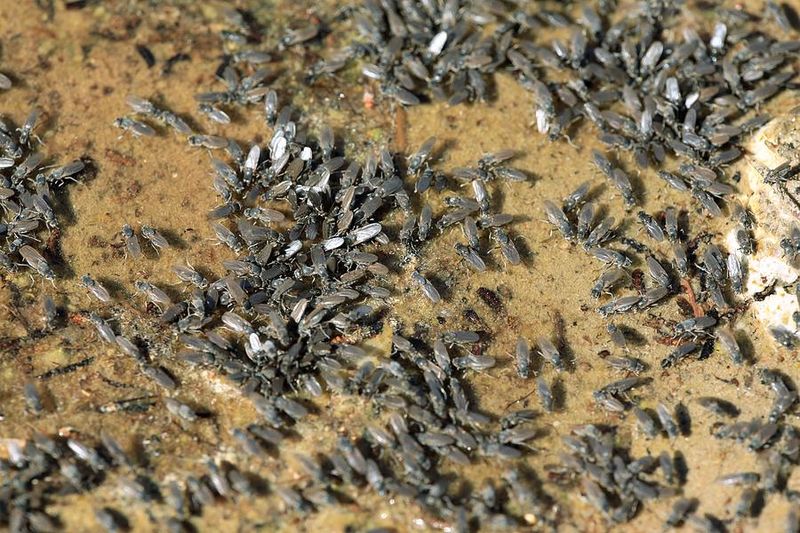
Mono Lake is a unique ecosystem where brine shrimp and alkali flies thrive in its harsh alkaline waters. These small creatures form a critical part of the food chain, supporting millions of migrating birds that rely on them for sustenance. The lake’s striking landscape, combined with its unusual inhabitants, creates an otherworldly experience for visitors. Despite its seemingly inhospitable conditions, Mono Lake is a bustling hub of life, demonstrating nature’s resilience. Finally, this extraordinary balance of environmental extremes and thriving wildlife makes Mono Lake a marvel of natural adaptation.
Teshekpuk Lake (Alaska)
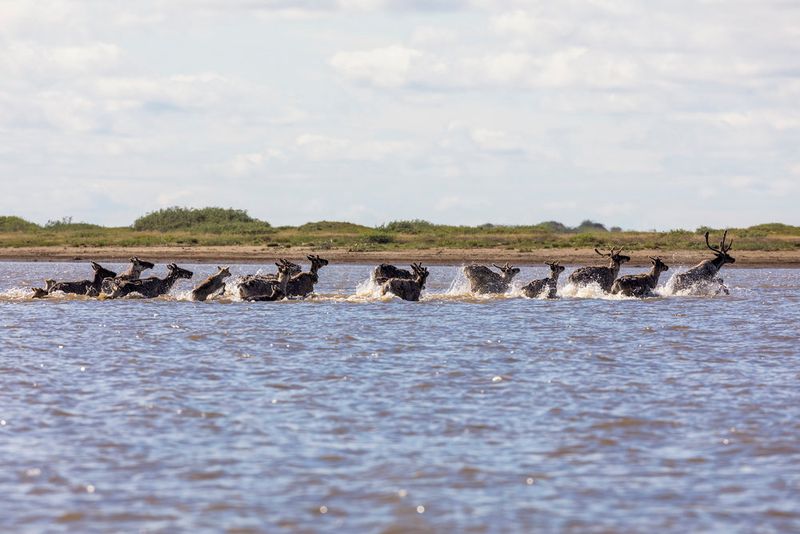
Teshekpuk Lake, located in Alaska, serves as a gateway to Arctic wildlife. It hosts a massive caribou herd, one of the largest in North America, along with a variety of migratory shorebirds. This lake’s remote location and pristine environment make it a critical habitat for these species, ensuring their survival in harsh Arctic conditions. Observing the synchronized movement of caribou is a breathtaking experience, reflecting the interconnectedness of the Arctic ecosystem. The lake’s untouched beauty and rich biodiversity highlight the importance of conservation efforts in preserving such vital natural habitats.
Cayuga Lake (New York)
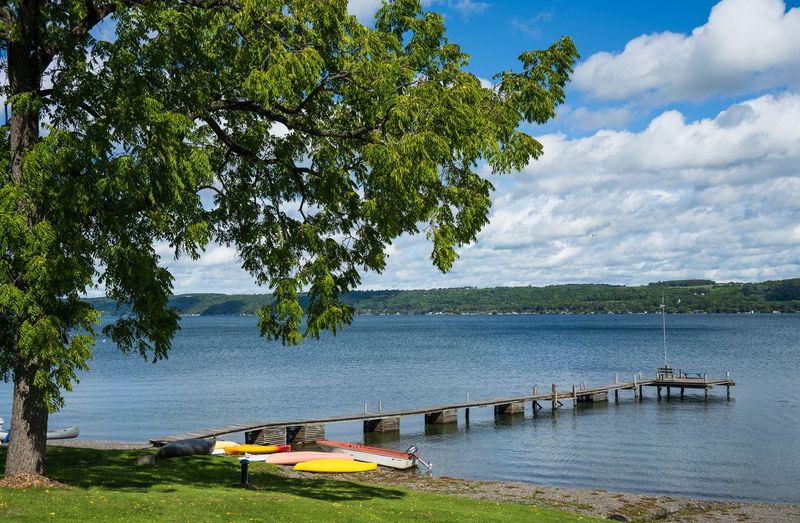
Cayuga Lake, the longest of New York’s glacial Finger Lakes, is rumored to be home to “Old Greeny,” a legendary sea-serpent. This creature has reportedly been sighted for over a century, adding an air of mystery to the tranquil waters. Stories of Old Greeny evoke images of a majestic, long-necked serpent gliding through the lake, captivating locals and tourists with each supposed sighting. Whether a figment of imagination or a hidden truth, the legend of Old Greeny adds a layer of intrigue to Cayuga Lake, making every ripple on the water a potential sign of the mythical being.
Lake Thunderbird (Oklahoma)

Lake Thunderbird is steeped in folklore that speaks of a giant freshwater octopus known to drag unsuspecting swimmers into its depths. While many dismiss these tales as exaggerations, likely giant catfish or turtles, the myth persists and adds a sense of adventure to the lake experience. This urban legend injects excitement and mystery into Oklahoma’s waters, drawing thrill-seekers and skeptics alike. The allure of the unknown, coupled with the natural beauty of Lake Thunderbird, creates a dynamic setting where reality and myth seamlessly blend, leaving all who visit with a story to tell.
Herrington Lake (Kentucky)
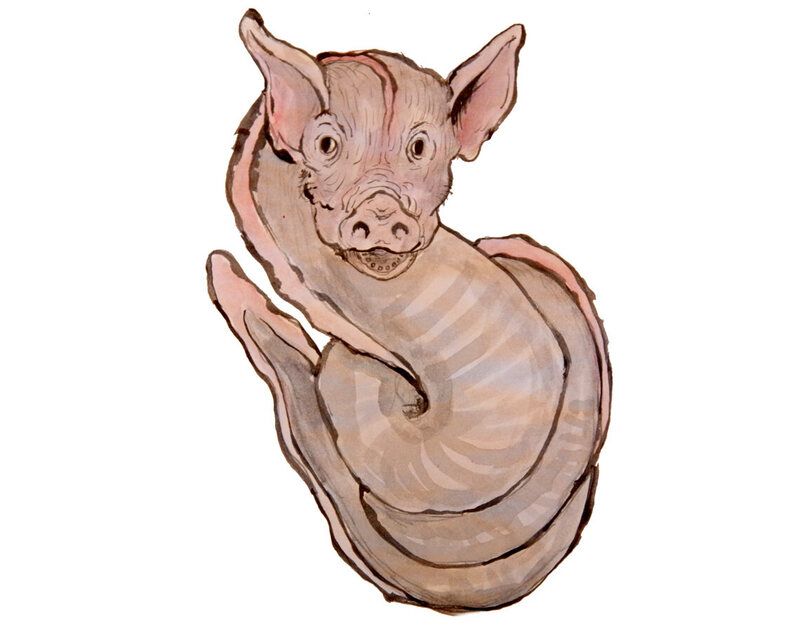
In the depths of Herrington Lake, tales of the Eel-Pig persist, a bizarre creature with the head of a hog and the body of an eel. This cryptid is said to reach lengths of up to 15 feet, inspiring both fear and fascination. While no physical evidence exists, the legend has become part of local folklore, enriching the area’s cultural tapestry. The Eel-Pig story entertains and mystifies, allowing imaginations to run wild. This quirky tale underscores the human penchant for storytelling and the desire to add a touch of the fantastical to everyday life.
Wallowa (Wally’s) Lake (Oregon)

Wallowa Lake, nestled in the breathtaking landscapes of Oregon, is believed to harbor Wally, a horned serpent-like monster. This elusive creature has been part of local lore for generations, enticing visitors with the promise of a sighting. The picturesque surroundings of Wallowa Lake provide the perfect backdrop for such a legendary tale, blending natural beauty with mythical mystery. Whether Wally is real or a product of local imagination, the story adds a sense of wonder to the serene waters, inviting those with a taste for adventure to explore the possibilities of what lies beneath.
Lake Willoughby (Vermont)
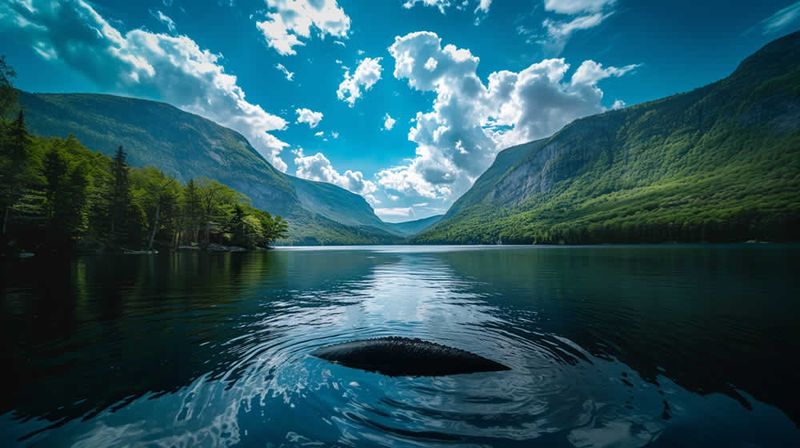
Lake Willoughby, often compared to a Norwegian fjord, is home to “Willy,” a water-snake rumored to be over 20 feet long. The legend of Willy dates back to the 1800s, capturing the imaginations of locals and visitors alike. Descriptions of this elusive creature vary, but its presence is a quintessential part of the lake’s identity. The allure of spotting Willy adds an element of excitement to the tranquil beauty of the lake, where each ripple might just be a sign of the mysterious inhabitant lurking beneath the surface. Such tales enrich the cultural fabric of the region.
Fulk (Beast of Busco) Lake (Indiana)
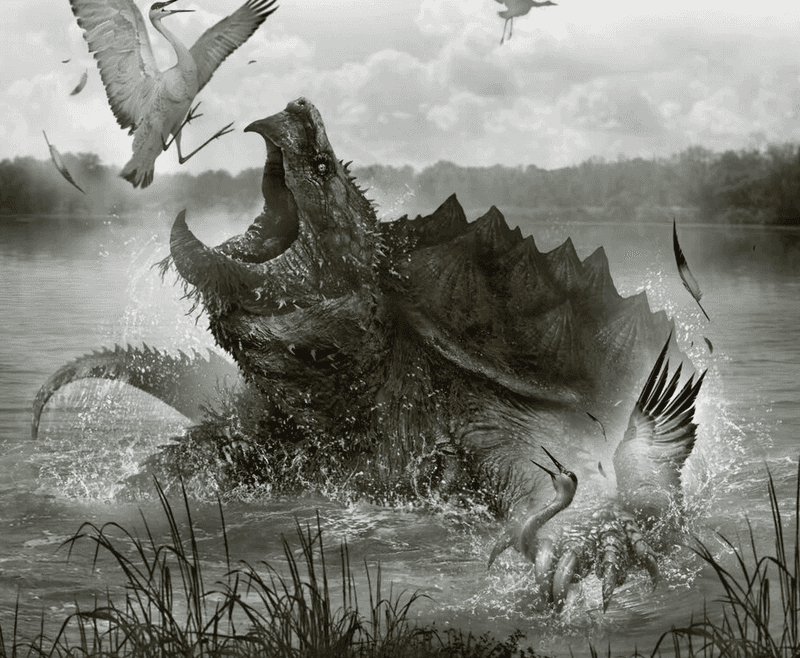
Fulk Lake in Indiana is legendary for the Beast of Busco, a 500-pound snapping turtle reputed to inhabit its waters. This tale, grounded in local folklore, speaks of sightings dating back to the 1940s, when the creature was said to have been seen by locals. The legend has become part of the town’s identity, celebrated with festivals and stories passed through generations. Whether the Beast of Busco is a real animal or a mythic figure, it embodies the spirit of curiosity and the power of local legends to capture the imagination and bring communities together.
Lake Memphremagog (Vermont)
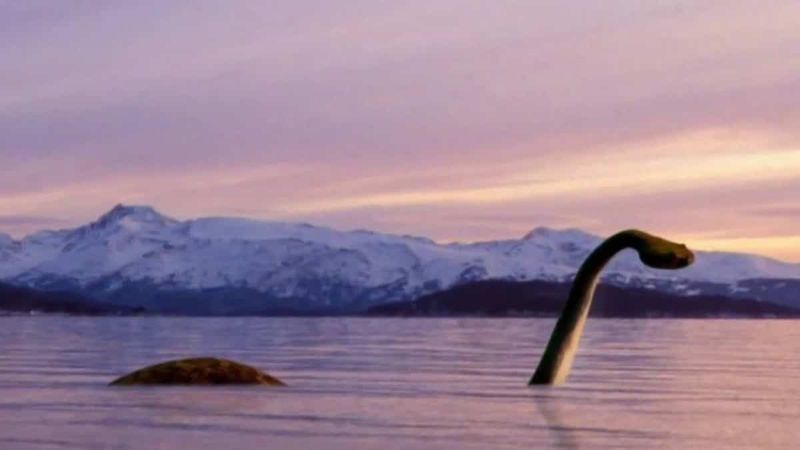
Lake Memphremagog, straddling the border between Vermont and Quebec, is said to be home to Memphre, a long-necked flippered monster. This creature has been part of local lore for centuries, with sightings reported sporadically. Memphre’s legend adds a layer of mystique to the lake, attracting cryptid enthusiasts and curious visitors. The idea of such a creature inhabiting the depths invites speculation and wonder, offering a captivating blend of natural beauty and myth. Lake Memphremagog continues to be a place of intrigue, where each visit might just unveil the secrets of its legendary inhabitant.

